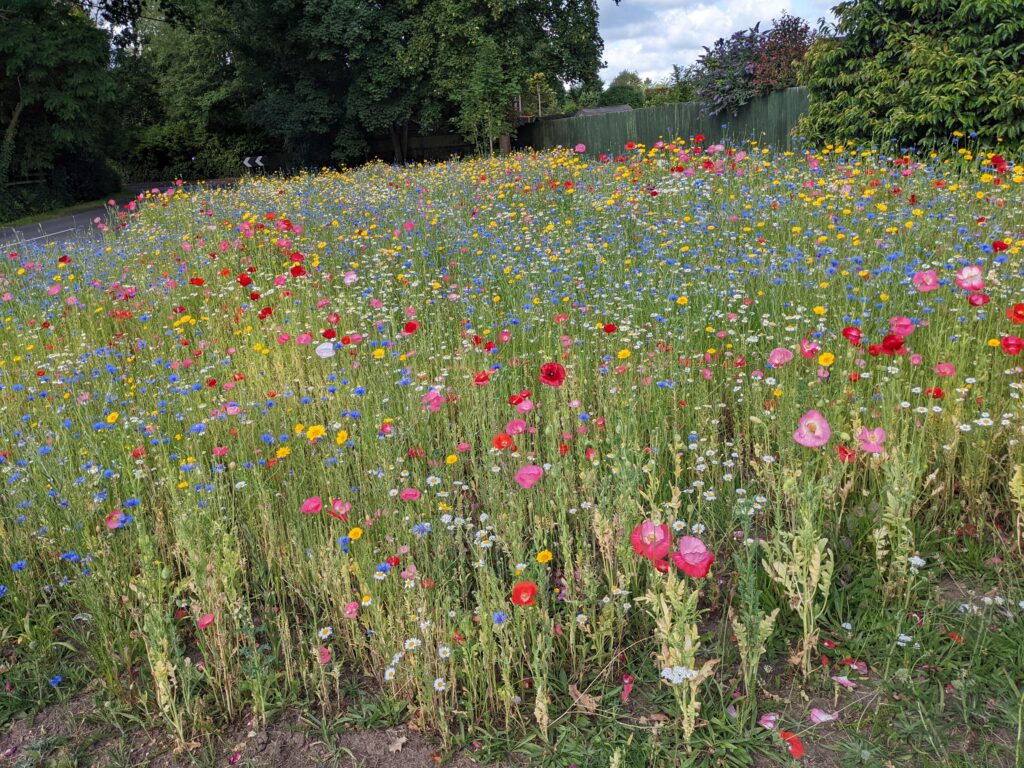I was rather struck by these colourful beach huts (and the price of them!) which brings me to write again about Homeopathy and nutrition.

Last week I was in Chelmsford to attend the Allen College of Homeopathy Summer Conference to learn from a master prescriber, Dr Subrata Banerjea.
Dr Subrata Banerjea who runs the Allen College is the fourth generation in his family to practice homoepathy and his son, who now runs the Calcutta Clinic the fifth. Quite a dynasty.
I understand that in India today there are some 300 thousand medically qualified homeopaths. Interesting, given the tendency to dismiss homeopathy these days in the UK.
On the day off, I visited Frinton-on-sea, and took the picture. Most of the huts which stretch for miles are not triple or quadruple deckers (pleased to say), but it makes for a fun picture. Frinton is one stop up the line from the better known Clacton-on-sea. There was a musical hall quip “Harwich for the Continent, Frinton for the incontinent” which rather betrays the average age of the residents!
Seeing the colours brought to mind the core subject of this blog; not just homeopathy but also nutrition and its importance, which I will come to in a moment.
Dr Samuel Hahnemann (he who set down the principles of homeopathic medicine in the 19th Century) made clear in his seminal work, The Organon of Medicine, is that healthy living conditions – fresh air, fresh food, clean water are the key to good health. First address the fundamentals!
As I write, I observe a flight of ants from a nest under a flagstone in the garden. Interesting. Then my wife returns from a Rainbow Guide group she leads and reports flying ants around the WI Hall where they meet. Interesting again. Now a reasonable assumption is that they are not the same ants..so how come ants decide to fly today at 6pm? How does the message go out? What form is the message? I guess we don’t really know.
The sun rose and set for millenia without explanation, but that it did so was sufficent for mankind to sow and reap.
My point is that there is a lot we don’t really know. As best we can judge, homeopathic medicines communicate a message also, as yet don’t know precisely how.
Without question homeopathic medicines work differently to conventional medicines – as I said last month, the domain of action is more bio-physics than bio-chemistry. So the work goes on…
The challenge is to understand how homeopathy works – which rather suggests that we are clear on how conventional medicines work. This is not always correct, despite the billions spent on pharmaceutical research.
However, there is now a Homeopathy Research Institute based in Bern, Switzerland and last month was their annual conference also. Although funding is modest, Institute Director, Dr Alex Tournier, in his closing remarks, noted the increasing good quality evidence from many countries.
Even the topic of nutrition causes much discussion. The full process of digestion and assimilation is not wholly understood. Is it just about carbohydrates, protein, minerals and vitamins? Suffice to say there are sound principles which we should try and follow.
Just look at this picture taken from just round the corner from where I live. Quite stunning – so much so that I got off my bicycle and reached for the camera on my phone.

Colours tell us something and it is well known today that different colours in our food impart different benefits. The flavanoids are found in fruits and vegetables and are well known to have anti inflammatory properties. Herbs and plants have been used to treat disease for many centuries. It is only recently that synthetic drugs (often synthesised from plants) have existed. All well and good (sometimes..) for the treatment of disease, but less ideal for prevention. And as we all know, prevention is better than cure.
Dr Paul Clayton in his book Health Defence notes that the NHS “is really an ‘illness service’ – treatment after things go wrong”. This is costly – according to Dr Clayton £750 (in 2000) for every man, woman and child. Personally, I doubt this is affordable in the long term.
Alliance for Natural Health International (ANH intl) and I see they have a book on dietary matters. The chart below also comes from ANH Intl. and make its point colourfully (if you forgive the pun). So add some colour to your diet, its a good investment in your future.
